|

On eBay Now...
4 1850 hdlne newspapers WEBSTER PARKMAN MURDER CASE in Boston TRIAL & EXECUTION For Sale
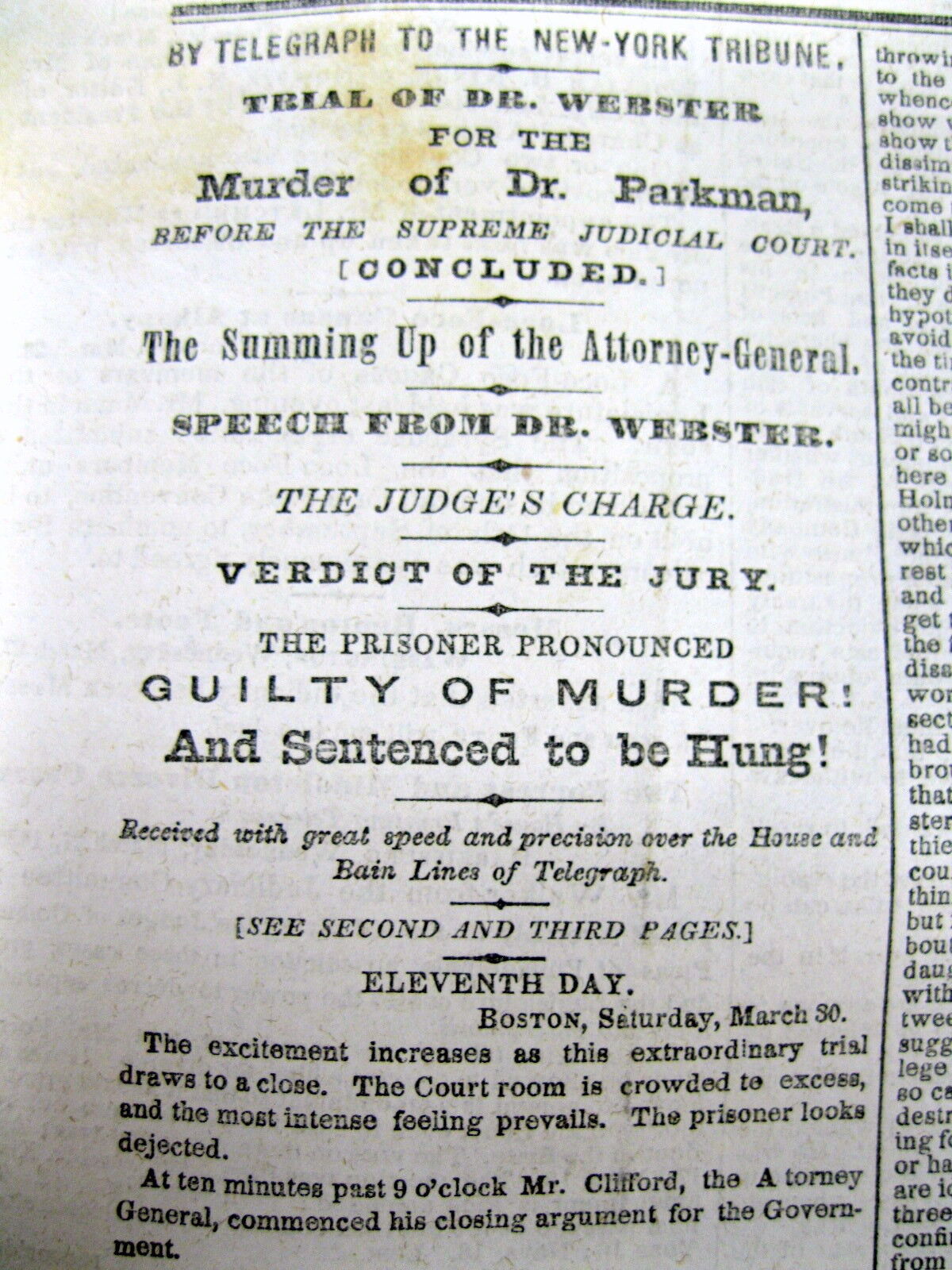
When you click on links to various merchants on this site and make a purchase, this can result in this site earning a commission. Affiliate programs and affiliations include, but are not limited to, the eBay Partner Network.

4 1850 hdlne newspapers WEBSTER PARKMAN MURDER CASE in Boston TRIAL & EXECUTION:
$30.00
4 1850 headline newspapers WEBSTER - PARKMAN MURDER CASE in Boston- TheTRIAL & his EXECUTION -inv # 4Q-301 SEE PHOTO-----Four (4) COMPLETE, ORIGINAL8-page NEWSPAPERs,the New York Weekly Tribune datedin 1850: Mar 23; April 6; July 6; and Sept 7, 1850.These newspapers contain prominent inside page \"stacked\" headlines and long detailed coverage of the WEBSTER - PARKMAN MURDER CASE in Boston - from the trial and its verdict of Guilty and punishment of DEATH, toWebster\'s full confession, to the description of Webster\'s execution. Great lot of contemporary newspapers with very long detailed coverage of the most highly publicized murder case of the mid-19th Century in the US. In 1849 Boston, MA the body of oneDr. Parkman was found and it ended with thearrest of Harvard Prof. J. W. Webster.Dr. George Parkman was one of Boston\'s leading citizens, and John White Webster was Erving Professor of Chemistry and Minerology at Harvard. Dr. Parkman had disappeared a week before. A man known for his punctuality as well as for his businesslike ways, he had been missed when he did not come home for lunch on the afternoon of November 23. His son-in-law, Robert Gould Shaw, a leading merchant, offered a $3000 reward for his safe return, and by Saturday afternoon had placed advertisements in all the papers and had circulated 28,000 handbills. The publicity brought floods of replies. One said that he had been \"beguiled to East Cambridge and done in,\" while another had him, his head covered with blood, being driven \"at breakneck speed\" across Craigie\'s bridge to Cambridge. One of the more plausible reports was that of a servant in Parkman\'s household, who recalled that the Doctor had had a caller earlier on Friday, reminding him of a 1:30 p.m. appointment on that day, but the caller was unidentified. Sunday morning, Webster called at the Parkman home and identified himself as the visitor who had stopped to remind Parkman of the appointment. The appointment had been kept; Webster said he had seen Parkman at the Medical School, (then near the present Mass. General Hospital), and had paid him $483.64, which he owed the doctor. \"I told Dr. Parkman,\" he said, \"that he hadn\'t discharged the mortgage; to which he replied, \'I will see to that. I will see to that.\' He then went out very rapidly from the room.\" The mortgage was a cause of long bitterness between the two men. Webster\'s wife and two daughters forced him to live far beyond his meager means, and he had borrowed heavily from Parkman, the largest loan coming in 1847, when he had mortgaged all his personal property for a loan of $2000. Included in the property listing was Webster\'s fine collection of minerals. The next year, still in need of money, he approached Parkman\'s son-in-law, Shaw, and offered to sell him the collection for $1200. Shaw had no use for a mineral collection, and told Webster so, but he felt such sympathy for the professor that he bought the collection, unaware that it was mortgaged to Parkman. In casual conversation with Shaw, Parkman discovered the double dealing, and on the Monday before his disappearance, he went to see Webster in the professor\'s back room at the Medical School, and asked if the professor were \"ready\" for him. Webster replied that he could not yet pay the remaining debt, whereupon Parkman accused him of selling the collection that did not belong to him. A few words were exchanged, and Parkman left, saying, \"Doctor, something must be accomplished tomorrow.\" All that was accomplished on Tuesday was that Webster composed a letter to Dr. Parkman, requesting him to come to the Medical School at 1:30 p.m. on Friday. When he finished the letter, he gave it to the janitor of the building, Ephraim Littlefield, and asked Littlefield to deliver it to Parkman\'s house. The janitor had heard Parkman\'s conversation with Webster in the lab the afternoon before, and knew of the enmity between the two. He gave the letter to a small boy to deliver. Webster asked Littlefield to do another errand the next day, to go over to the hospital and fetch a pint or so of blood for an experiment. This was a strange request, Littlefield thought, for the professor had never previously needed blood in his experiments. It was not the first strange request Webster had made of him that week. On Monday he had asked several questions about the construction of the vaults under the building, where remains from the dissecting rooms were placed. He wanted to know how the river-tide got into the vaults, or whether it was possible to put a light down into them. But his curiosity had been short-lived, and Littlefield thought little more about it for the rest of the week. On Friday, Littlefield saw Webster early in the morning to tell him that the search for the blood was unsuccessful. He did not talk to Webster again that day, but did see Parkman coming up the street towards the school at about 1:30 p.m., after which he went about his chores. When he had cleaned most of the other labs in the building, he tried to get into Webster\'s lab, but found all the doors locked, and heard someone moving about inside. He thought this strange, and thought it even stranger that Webster left by a little-used rear exit, leaving water running in his locked lab. While this was strange, Littlefield paid when he had last seen Parkman. He replied that it had been Friday at 1:30 p.m., whereupon Webster said that \"that is the very time I paid him four-hundred and eighty three dollars and some odd cents. He grabbed it up without counting it and ran up, as fact as he could, two steps at a time, saying that he would go immediately to Cambridge and discharge the mortgage. I suppose he did, but I have not been over to the Registry of Deeds to see.\" It was not until Monday that the police came to search the Medical School in the wake of Webster\'s statement that Parkman had been there on the afternoon of his disappearance. Their search of the school building was a last-ditch effort in the struggle to find out when Parkman was last seen. They had run down nearly all the leads that had been given them, including some tips given in mysterious and crude letters they received in the morning, that \"you will find D. Parkman Murdered on brooklynt heights,\" and that \"Dr. Parkman was took on bord the ship herculum and this is al I dare to say as I shal be kiled.\" Thorough investigation of all the tips had failed to yield any reliable information. Yet the investigation at the Medical School was not very thorough. Littlefield showed the investigators around the labs, but they did not go into Webster\'s lab because he was working and only \"put his head out\" to see what was going on. The next day, with still no clues, the investigators again came to the Medical School for a more thorough search. This time they investigated Webster\'s labs, but when Officer Derastus Clapp came to the \"back room,\" the professor cautioned him about the \"dangerous articles\" in the room. Webster then steered attention from the area by pointing out another room. When the police had investigated the building, they asked if there were any place in it that they had not yet examined. Littlefield replied that the only unsearched area was in a cellar directly under Webster\'s lower laboratory and privy, and that they would have to cut through a stone wall to look there. They declined to go to such effort on such an unlikely chance. But Ephraim Littlefield was not unwilling to expend the effort, for he was thorough and persistent, and besides, a little suspicious of the strange things that had been going on all week. His suspicions were further aroused when, that afternoon, Webster offered to buy him a Thanksgiving turkey. \"It was the first time that Dr. Webster ever gave me anything,\" he said, and accepted the turkey with pleasure. Thursday afternoon he started to dig through the wall, with Mrs. Littlefield acting as watch. On Friday he continued the project, after telling two of the faculty members about it. With his wife again watching, he finally got through the wall. \"I managed to get my light and my head into the hole, and then I was not disturbed with the draft. I held my light forward, and the first thing which I saw was the pelvis of a man, and two parts of a leg. I knew that it was no place for these things.\" He locked the cellar door, notified officials, and sent for the police. In a short time they were on their way out to Cambridge to arrest Webster. When he was told about the discovery, he gulped out, \"Did they find the whole body?\" and then swallowed a small strychnine pill, which had no ill effect because of his excited condition. Webster\'s trial, three months later, was one of the biggest spectacles seen in Boston in the century. Although the spectator gallery of the courtroom held only about 100, it is recorded that over 60,000 persons saw some part of the trial. In his confession, subsequent to the trial, Webster admitted to most of the details of the crime which had been pieced together. Parkman had come into the room with papers showing Webster how the Doctor had gotten him his professorship, and threatening to remove him from it. In a fit of anger at this, Webster picked up a wooden club and hit Parkman once on the head. He died immediately, and Webster saw that he would have to get rid of the body quickly. Until his death, however, he maintained that his crime was unpremeditated. He was executed by hanging in August 1850, thus closing what is often termed \"America\'s classic murder. Good - VG condition. This listing includes the4 complete entire original newspapers, NOT just a clipping or a page of them. STEPHEN A. GOLDMAN HISTORICAL NEWSPAPERS stands behind all of the items that we sell with a no questions asked, money back guarantee. Every item we sell is an original newspaper printed on the date indicated at the beginning of its description. U.S. buyers pay priority mail postage which includes waterproof plastic and a heavy cardboard flat to protect your purchase from damage in the mail. International postage is quoted when we are informed as to where the package is to be sent. We do combine postage (to reduce postage costs) for multiple purchases sent in the same package. We list thousands of rare newspapers with dates from 1570 through 2004 on each week. This is truly SIX CENTURIES OF HISTORY that YOU CAN OWN! Stephen A. Goldman Historical Newspapers has been in the business of buying and selling historical newspapers for over 45 years. Dr. Goldman is a consultant to the Freedom Forum Newseum and a member of the American Antiquarian Society. You can buy with confidence from us, knowing that we stand behind all of our historical items with a 100% money back guarantee. Let our 45+ years of experience work for YOU ! We have hundreds of thousands of historical newspapers (and their very early precursors) for sale.

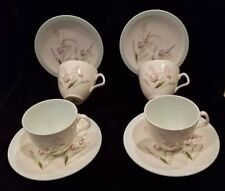
4 1850 EB FOLEY BONE CHINA MADE IN ENGLAND SMALL TEA CUPS AND SAUCERS $102.40
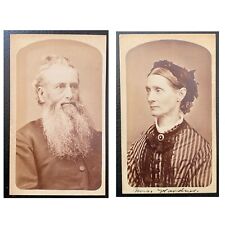
1870s LDS Mormon Founder Sidney Rigdon Personal NY Cdv’s Handwriting Died 1876 $600.00
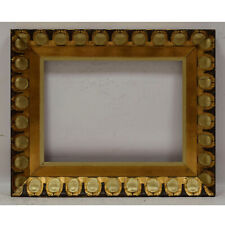
Ca 1850-1900 Old wooden frame with metal leaf Internal: 15,9x11,8 in $265.00
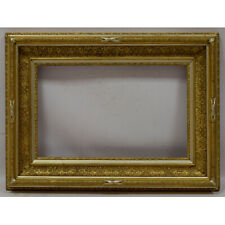
Ca.1850 Old wooden frame decorative original condition Internal: 18.5x11.4 in $450.00
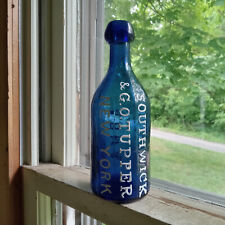
IRON PONTIL ADNA H.SOUTHWICK & G.O.TUPPER NEW YORK COBALT 10 SIDED SODA 1850 $600.00
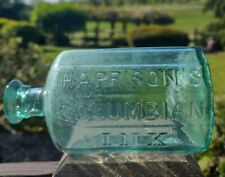
NICE 7 1/2 INCH AQUA 12 SIDED HARRISON'S COLUMBIAN INK PONTIL MARK 1850'S $700.00
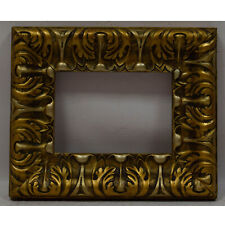
Ca.1850-1900 Old wooden frame decorative Internal: 9x6.2 in $175.00

Ca.1850-1900 Old wooden frame with metal leaf Internal: 12.5x8.2 in $245.00
|